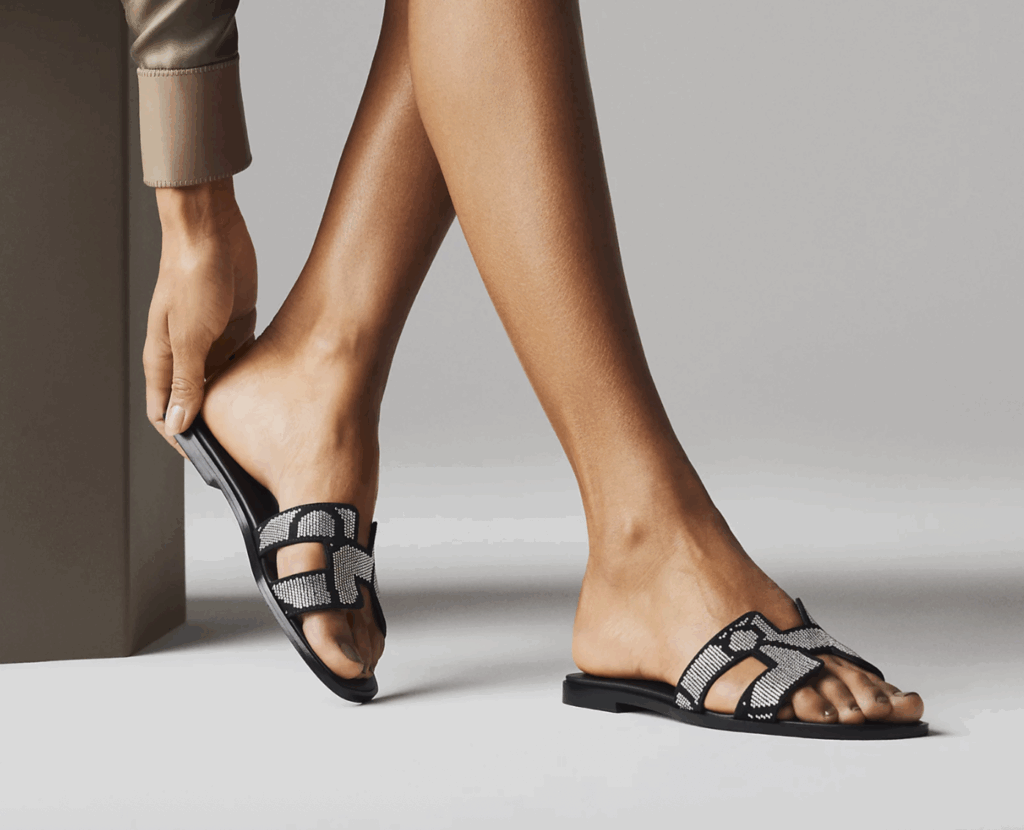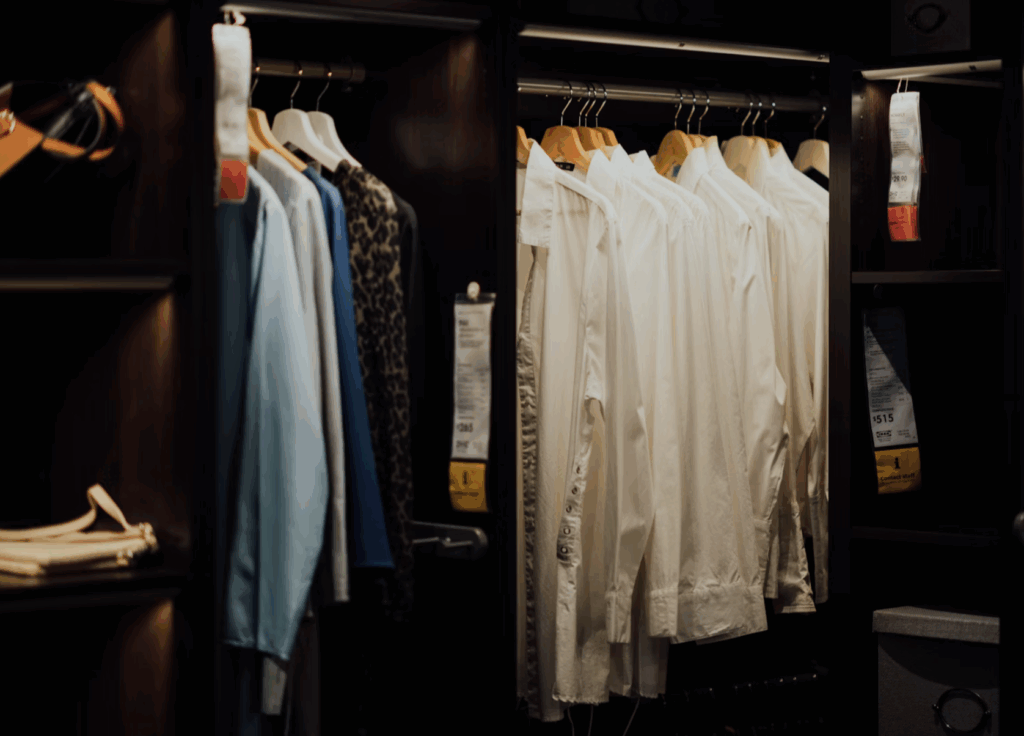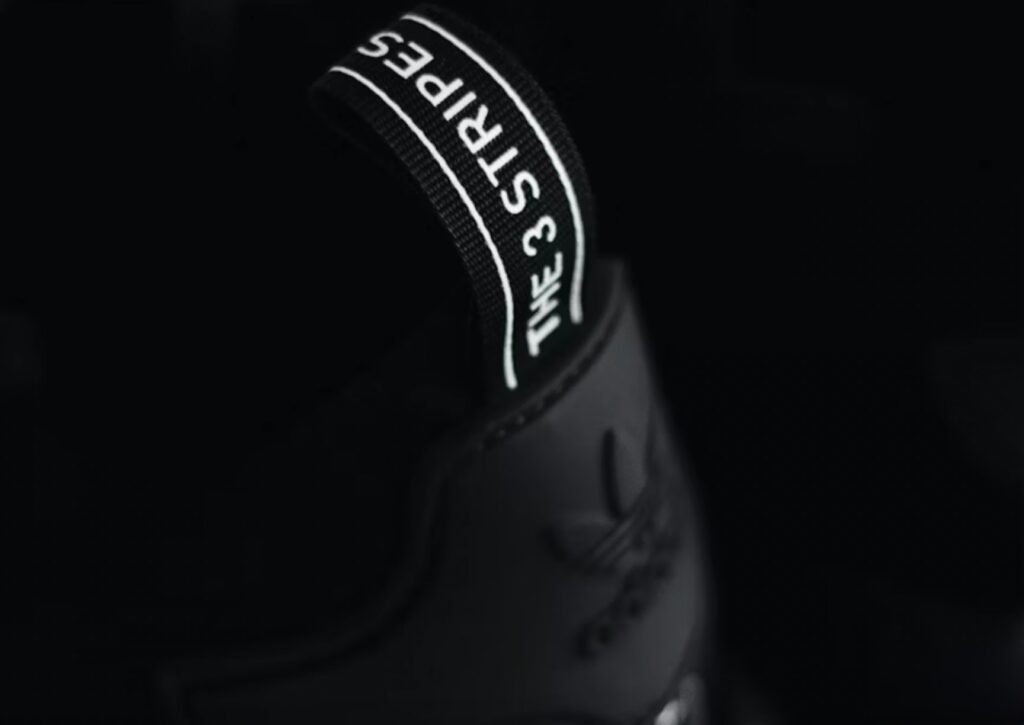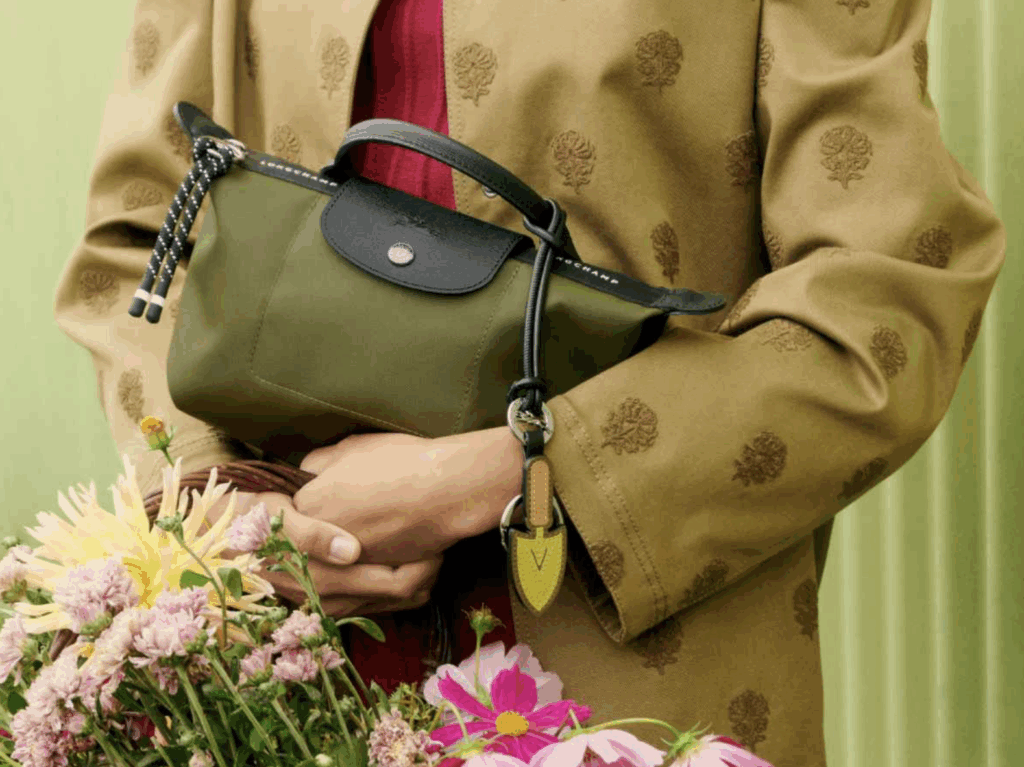Hermès notched a notable victory this summer in its bid to crack down on the enduring flood of knockoffs of its most recognizable footwear designs. In one of the latest chapters in its enforcement playbook, the Paris Court of Appeal sided with the French luxury goods titan, finding that its Oran and Izmir sandals – defined by their minimalist silhouette and signature cut-out “H” strap – qualify for copyright protection. The ruling is worthy of reflection, as it gives Hermès a broader and more enduring legal tool to police “dupes,” going beyond the narrower scope of design rights and reinforcing its ability to protect the sandals as creative works.
The Background in Brief: The case got its start in 2023, when Hermès filed suit against Mulanka, accusing the French company of selling mules that channeled the clean lines and proportions of its coveted (but expensive) Oran and Izmir sandals (pictured below). Hermès lodged copyright infringement, design infringement, and unfair competition claims, seeking monetary damages for the alleged harm to its intellectual property rights, disgorgement of profits from the sale of the allegedly infringing footwear, and injunctive relief to halt further sales.
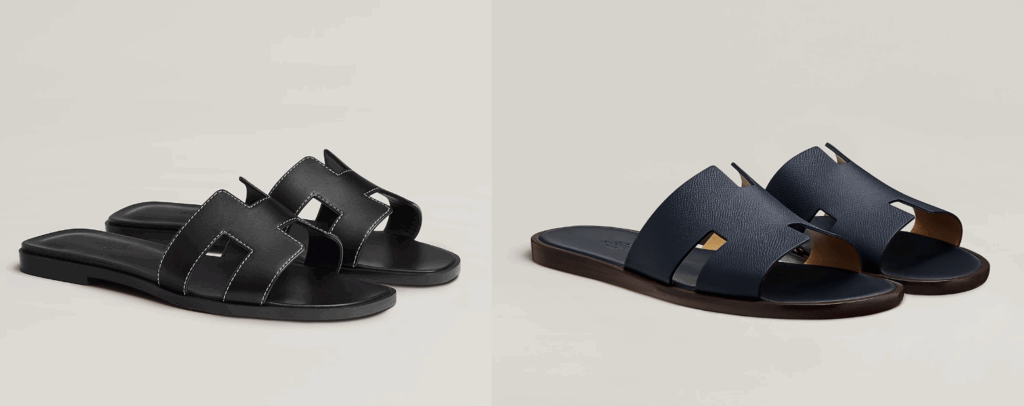
At the district court level, Hermès secured a copyright win but failed on the design and unfair competition fronts. On appeal, the court confirmed infringement for two of the contested Mulanka models – references “1155” and “1180” – which it said reproduced the key creative elements of the Oran and Izmir: the “H”-shaped upper, rectangular cut-outs, and overall balance and proportions. The remaining models escaped liability because their central leather panel did not evoke the “H.”
When Design Rights Fall Short
Hermès’ registered French design did not make for an easy win. While the brand relied on a design registration to protect the Oran and Izmir sandals, the Court of Appeal concluded that the contested Mulanka mules had enough visual differences to create a different overall impression in the eyes of the informed consumers. Those differences – including subtle changes to strap shape, cut-out proportions, and overall detailing – were enough to clear the relatively narrow threshold required to escape design infringement.
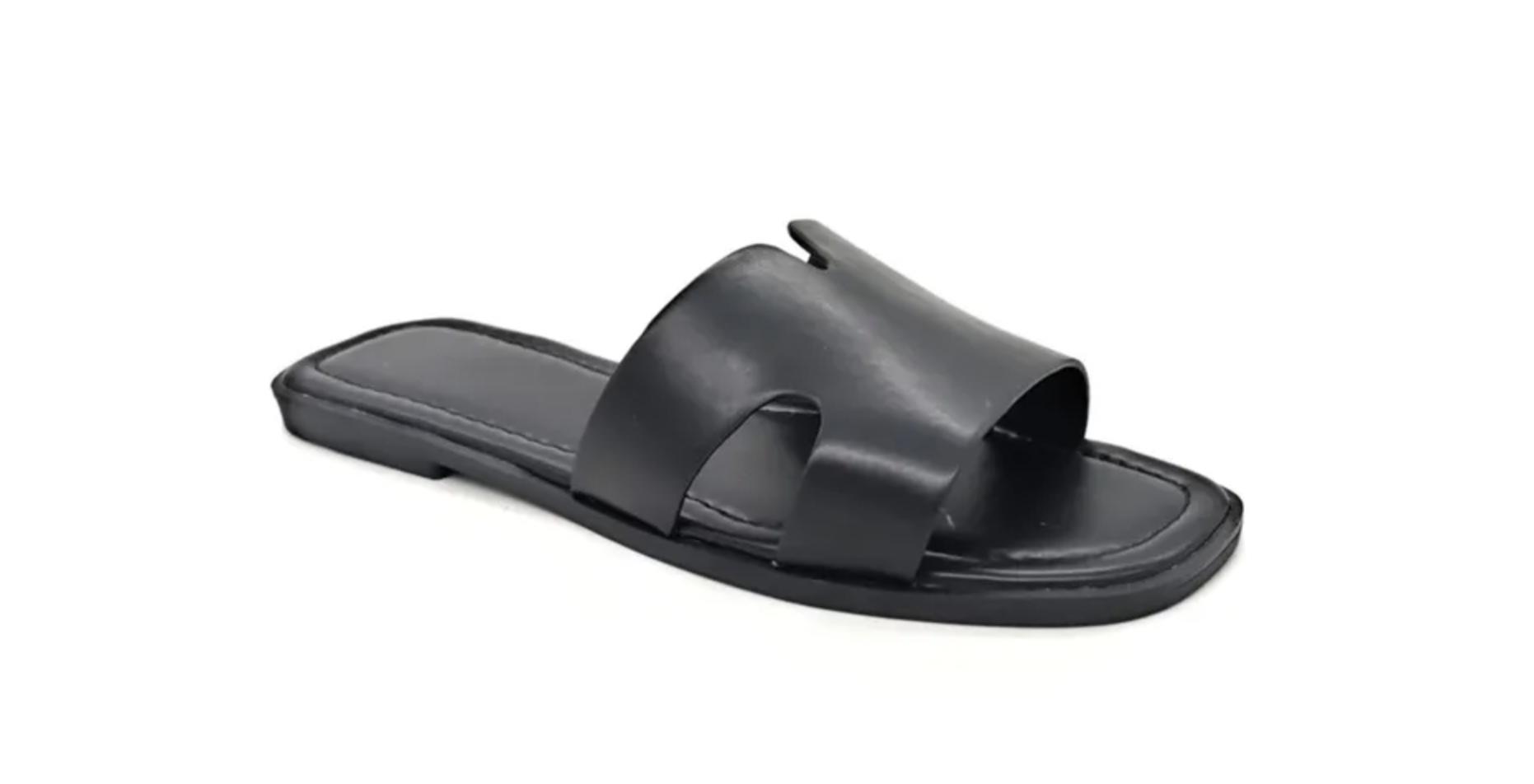
The decision underscores a critical distinction for brands: design rights protect the appearance of a product as a whole, but the standard is tied to the “overall visual impression” test, which leaves more room for copyists to tweak small elements and avoid liability. By contrast, copyright protection hinges on originality, namely, whether a work bears the personal imprint of its creator, making it harder for infringers to get around.
The court never reached the unfair competition claim, having already confirmed partial infringement. But the broader takeaway is clear: in the right circumstances, copyright can give fashion houses a more flexible and longer-lasting shield, especially for designs that have achieved the kind of recognition that the Oran enjoys.
THE BIGGER PICTURE: The read between the lines here is that Hermès is intent on casting its most recognizable designs as cultural works rather than fleeting seasonal commodities – fortifying them with the kind of legal protection more typically reserved for art. Like the Birkin and Kelly, the Oran and Izmir have achieved instant recognizability, a status that opens the door to copyright protection.
The ruling also speaks to a broader reality in fashion IP enforcement: while design registrations have their place, they are not always the most potent defense. For truly iconic products, copyright can deliver a broader and far more enduring shield against imitators.







